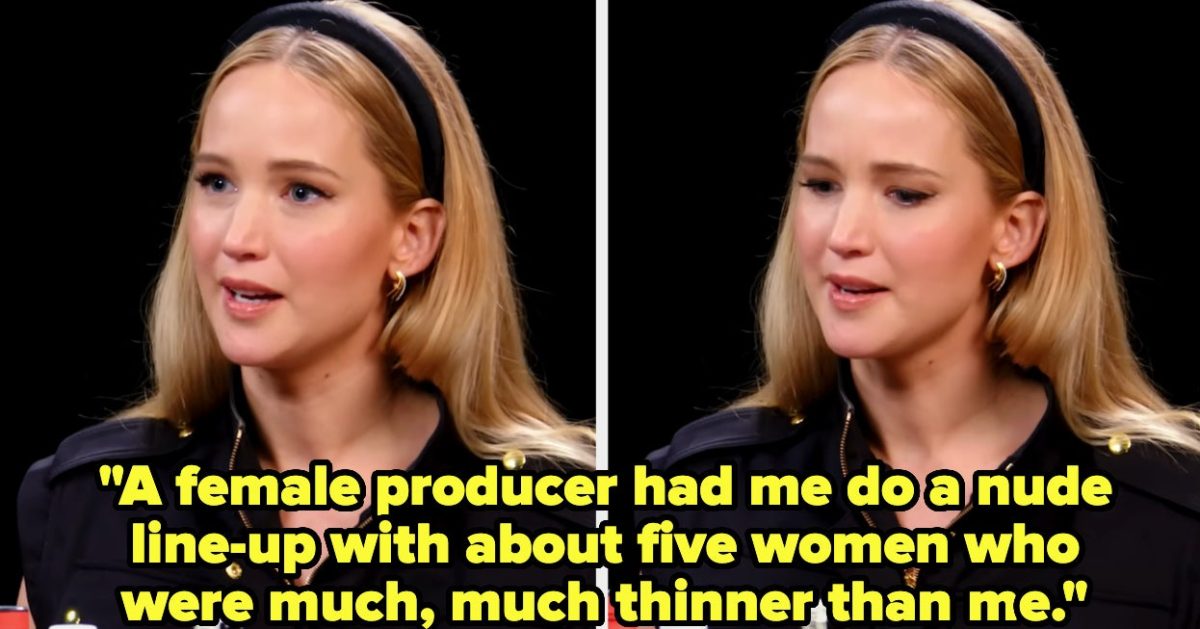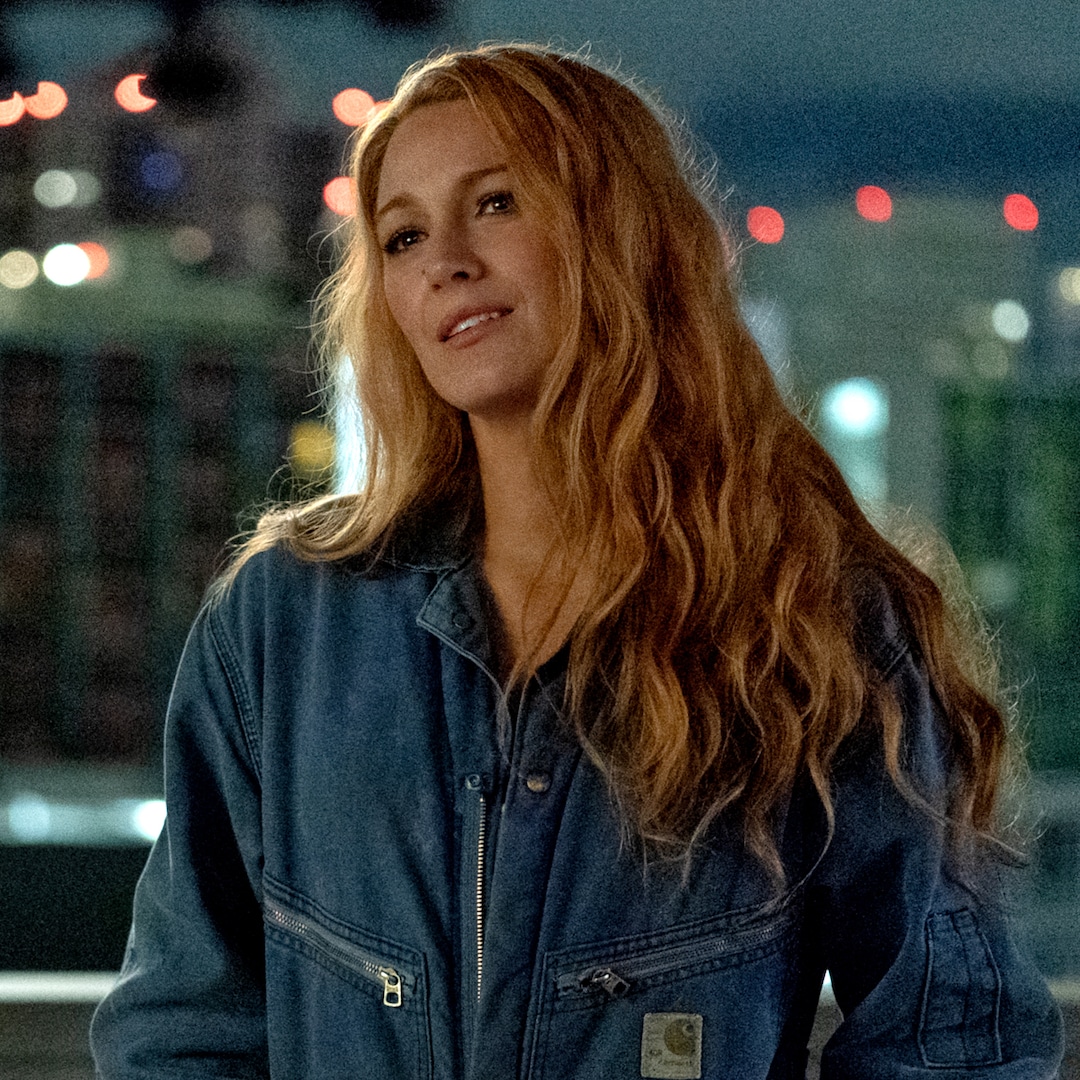
“I Rejected the Concept of Linearity”: Leslie Tai on How to Have an American Baby
Nov 15, 2023
How to Have an American Baby
Sprawling in scope, observational in form and jaw-dropping in access, Leslie Tai’s How to Have an American Baby shows exactly what its title describes. The title is also the name of a sales talk one of the doc’s characters gives to Chinese moms with the financial means to travel and gift their future offspring US citizenship. The Chinese-American director takes her viewers on the wildest of rides through a birth tourism industry hiding in plain, sunny SoCal sight: underground maternity hotels run by shady operators and filled to the brim with expectant mothers, local hospitals employing doctors in on the lucrative enterprise, cars of hired help serving as 24/7 deliverymen and caretakers, Beijing offices where travel agents facilitate all this illegal action from a continent away, tense community meetings with civic officials patiently taking public lashings from the hotels’ fed-up white neighbors. As one father ironically puts it, Chinese of every economic strata desire to have an American baby because in today’s security state, “We have no sense of security.”
Prior to the Field of Vision and POV production’s November 14th screening at DOC NYC, Filmmaker reached out to the San Francisco-raised filmmaker, whose impressive bicultural bio includes five years working in Beijing’s underground documentary movement.
Filmmaker: I read in the press notes that your entry point into this hidden world of Chinese maternity hotels was your co-producer Chocho Tang, a former colleague from Beijing who called you up one day out of the blue to say she was in the US, staying at one of these facilities in Rowland Heights. While I can understand her trusting you, I’m puzzled as to why anyone else did. So many women and men potentially exposing themselves to arrest and/or deportation by appearing onscreen—what exactly was in it for them? And were there links in this underground network that you reached out to that ultimately declined to participate?
Tai: I want to start off by giving some historical context: this film was shot eight years ago, between 2015-2016, during what can now be considered the height of the Chinese birth tourism phenomenon. The industry itself largely went on hiatus during the COVID pandemic—maybe to return, but probably not at its previous scale and level of visibility. So, the film is a time capsule [of] a very specific moment in the evolution of US-China relations in the past 50 years. Ironically enough, it was the height of US-China relations, when economic and cultural exchange were at their apogee, that allowed this industry to flourish.
I also want to make unequivocally clear that nobody is represented doing anything illegal in my film. Birth tourism is legal under the 14th Amendment and is practiced by many different nationalities. It is legal to enter the United States for the purpose of giving birth so long as one is forthcoming about it during their visa interview. Are there instances in which women did not state the truth about the reason for their travel? Unfortunately, yes. Those are the instances which could create immigration problems later on down the line. On the Chinese side, most of the “birth tourists” were coming as a way to circumvent the notorious one-child policy. That decades-long policy actually ended during production, thereby removing the most obvious reason certain women wouldn’t want to participate in the film.
Obviously I couldn’t film what I did without the total participation of my characters, and I was always 100% transparent about my intent for the film: I was making an art film, not a journalistic exposé; the film was about a chorus of voices and no one would be singled out; the film would be non-commercial and for cultural use only. Of the women and Chinese industry I came into contact with, there wasn’t necessarily this perception that they were doing something wrong or had anything to hide. As far as many were concerned, they were pumping cash into the local U.S. economy. It was hard for them to imagine why that would not be a welcome thing.
Filmmaker: I also noticed that very few of the faces onscreen are blurred—which made me worry about repercussions for these folks, either from the US or China. How did you ensure the safety of everyone involved?
Tai: That’s a great observation, and you are one of the lucky few who will get to see the theatrical version of the film. Because of a very limited viewership in the theatrical setting, I only focused on blurring the likenesses of characters who had expressly asked to be blurred. Most viewers, on the other hand, will enjoy the streaming and broadcast versions of the film, which feature a much more robust suite of privacy protections, including blurs that scrubbed the film of any personal information, the use of aliases, as well as some elective blurring that I chose to do on my part—not because anybody was doing anything wrong, but for my concerns about their privacy.
Most characters were okay with being shown in a version within a controlled setting, while others did not want to be identifiable if the film was being distributed in China. (Though distribution in China is a moot point, since distribution pathways do not exist for independent films there. I actually got my filmmaking start in the Chinese underground documentary film world, so I’m familiar with the state-sanctioned media apparatus.) We are, however, highly aware of the internet, piracy and other ways to circumvent geo-blocking. This in turn has led to high-level conversations at PBS (where the film is set to air December 11th) [and] with geo-blocking and online border experts; research into online bullying behavior in China. [Thanks to] the relative low profile, non-commercial nature, and overall message of my film, in addition to risk assessment with colleagues and advisors in China, in the end we felt that the benefit of sharing this film with wider audiences in the United States outweighed the negligible risk of any potential negative impact on our characters in China.
Filmmaker: I’m also curious about the story structure, and especially the editing (which I saw in the credits included some help from one of my favorite filmmaker-editors, Iva Radivojević). How did you go about sequencing the various threads? Were the cuts to black always part of the original plan?
Tai: The editing was a very long and evolutionary process that consumed the better part of the eight years it took to make this film. It was clear to me from the outset that I would structure the doc as a network of loosely connected stories that would give shape to the invisible web of interactions that I perceived as I entered into this labyrinthine world of human relationships. I rejected the concept of linearity, as well as its bias towards seeing the world and understanding complex phenomena as the result of linear, cause-effect trajectories.
We’ve all heard that Western thought is defined by linearity (for every action, there is someone who acts and someone who is acted upon), whereas Eastern thought takes into account the relationships among all things (we are all acting on one another). I don’t want to say that I structured the film according to Eastern philosophy, but offering up and insisting upon a different worldview—which is, at its core, a structural issue—was top of mind.
In my conception of the web-like realm I was trying to depict, it’s a dog-eat-dog world, filled with people whose motivations were at odds with one another. Someone’s predator is someone else’s prey; it’s hard to know who is exploiting whom. When I stepped into this world through my friend Chocho, I was overwhelmed by the image of all these people living behind the facade of the all-American suburban dream—mutual strangers, all connected by the quest to have an American baby. The twists of fate, the rise and fall of fortunes, the families that got broken—everyone was sold, and nothing was delivered as promised. Inside every heart lives a jungle.
My goal was, first and foremost, to recreate through editing this sensation of perceiving the invisible web that connects all the people in the story, and secondly to shape each storyline as its own rabbit hole. The deeper you go, the more complicated things get. The black space separating each story shuttles us from one point of the matrix to the other—a blink, a reset, a pool of the universe that we were dipping back into as we traveled across time and space to our next story. I edited the doc in a way that I would like to experience a film—not having information spoon-fed to me, not being told what to think, but being immersed in an almost unimaginable, fiction-like intimacy, with every new detail revelatory.
Patterns and variations arise across the spectrum of experiences. I coined a term in the edit room, the “breadcrumb theory,” to describe our narrative strategy. We would leave behind a trail of breadcrumbs, with each new scene not only advancing the story of the character, and hinting at an answer to a question posed in a previous scene or adding a twist, but also unraveling the mystery of an underground industry, ultimately revealing its scope, its scale and all its unexpected actors.
As the true risks of having an American baby come to light (epitomized by the tragic story at the heart of the film), the audience will want to know what is in it for these women in the first place. The answer takes us to China in the epilogue, and is likewise complex, unexpected, and varied. These answers—not just one answer—co-exist in the film and are revealed as part of the overall narrative design. Finally, at the highest level of narrative organization, it’s all about the emotional journey that the audience undergoes and their relationship to their own empathy.
Filmmaker: There’s a harrowing scene midway through the doc that involves you being called away from filming to provide translation throughout a crisis. Can you discuss the impact that real life-and-death drama had both on you personally and on the film? Why was it important to include this storyline?
Tai: The scene you’re referring to deserves a bit of a trigger warning: midway through the film, there’s a rather harrowing birth scene which is quite shocking. In the middle of it I get called away to translate for another crisis unfolding in the room next door. To return to this idea of not knowing who is exploiting whom, you start off by seeing these women perhaps as here to take advantage, but by the end you realize they are all pawns in a system that sees them as lambs for the slaughter. The birthing scene is the location of that perceptual switch. I consider this the most important scene of the film, and structurally we refer to it as, “La la la and then you fall off a cliff.” I open the film with images of these women in their flowing dresses, innocent tourists frolicking on the beach. But as the film progresses there’s an unease that creeps in as hints of medical danger start to reshape our initial impressions about what the women are really here for. And then you fall off a cliff.
As far as the personal impact of bearing witness to the life-and-death drama, all I can say is I have never felt more powerless than in that moment and in its aftermath (that I did try to help my characters navigate). All of these people, this industry, this money being made off of a risky situation that nobody was expecting, because everybody expects that the American healthcare system is better than the Chinese one. The women being treated like cash cows., the doctors playing it fast and loose, the healthcare workers who can’t communicate with patients that come in with no known medical history—it was dangerous. At the same time, I also had formed a relationship with the doctor who was actually delivering the babies of all the women I was filming. Talk about an invisible web of relations. He had his own story. I was horrified at what was happening, by his bedside manner, at my knowledge of what had happened next door, and yet he had also confided in me. I had to see him as a human as well. It was a lot of humanity for me to hold. All I could do in that moment to protect my character was to keep the camera rolling. If anything went wrong in this room, at least I would have it on camera.
Filmmaker: What are your hopes for the doc? Do you fear it might be used as a cinematic manual of sorts, or that perhaps it could further fuel anti-Chinese sentiment here in the US?
Tai: The film is out in the world now and I think it’s faced all the challenges of its own complexity, existing within the liminal space of transnational cinema. I’m very grateful for this opportunity to elaborate on some of the themes and the intentionality behind the film. It’s had a relatively short festival life, but it will broadcast on PBS and have a 90-day streaming window. That said, it’s not your typical PBS fare, so part of me is worried that television audiences won’t have the patience for the unhurried pacing and quiet, humanistic gaze that doesn’t offer any easy answers.
But I hope the film moves people. If somebody were to walk out of a viewing and tell me that they came into the film with some preconceived ideas or some judgments about the characters, or that they felt some level of discomfort while watching but by the end no longer knew what to think, I would be in heaven. We don’t have to understand everything in order to feel something. Nothing has to be right or wrong or black and white.
Ethnocentrism is the evaluation of other cultures according to preconceptions originating in the standards and customs of one’s own culture. I hope the film challenges people’s ethnocentric views and defamiliarizes the familiar by reflecting American society to American viewers through the Chinese lens. It’s an unexpected frame of reference that is signaled in the title itself: How to Have an American Baby. Americans don’t need to know how to do it. The film is about Chinese desire. Certainly the Chinese internet is already replete with information and stories from those who have gone before. The film itself is not instructional. The title is aspirational; it speaks to their desire, their manufactured desire, and the illusion of its promise.
Publisher: Source link
15 Nightmare Audition Experiences Actors Shared
She said that, at a film festival several years down the road, a drunk producer told her, "Oh, Thandie, I've seen you recently!" She said, "And he lurched away, looking really shocked that he'd said that."Her husband, Ol Parker, spoke to…
May 2, 2024
Richard Simmons Defends Melissa McCarthy After Ozempic Comments
Ozempic is no laughing matter for the comedian. Handler revealed her "anti-aging doctor" prescribed her the medication without realizing what the drug was. "I didn't even know I was on it," she said during the Jan. 25, 2023 episode of Call…
May 2, 2024
Schitt’s Creek, Love Is Blind, & Other TV Shows People Didn’t Expect To Love
Schitt's Creek, Love Is Blind, & Other TV Shows People Didn't Expect To Love We asked the BuzzFeed Community to tell us the TV shows they didn't think they'd like for even one second. But, by the grace of the…
May 1, 2024
It Ends With Us First Look Teases Lily & Atlas’ Reunion
The countdown to It Ends With Us starts now. After some adjustments on the calendar, the highly anticipated film adaptation of Colleen Hoover's novel is officially coming to movie theaters on August 9, Sony Pictures confirmed, promising it to be the "movie…
May 1, 2024











